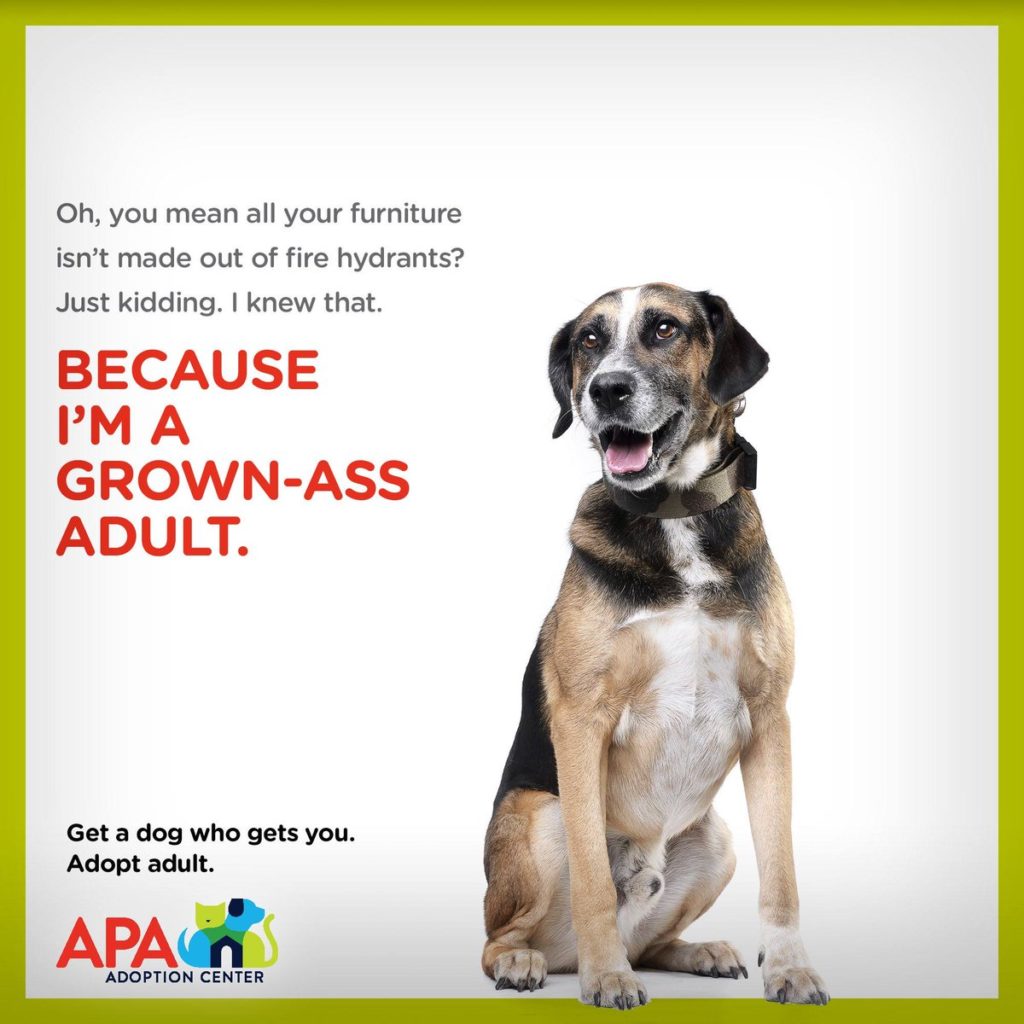
Let’s talk about: PURPOSE
Purpose-driven brands.
It’s everywhere.
My social feeds are filled with articles on how to lead with purpose, how to create a purpose-driven business and/or brand, and how to avoid messing it up.
Thankfully, there are also a lot of articles on how being purpose-driven needs to be more than just a marketing campaign or a one-off stunt.
Rainbow-washing, pink-washing, woke-washing, eco- and green-washing aren’t going to cut it.
It needs to be authentic, aligned with the brand and mission of the company, connected to the audience’s values, and part of a long-term strategy and plan.
What’s the deal with purpose?
Said using my Seinfeld voice, which (self-reportedly) isn’t too shabby.
Global trend-trackers have been watching the growth in ethical, responsible and sustainable consumerism for years.
Yet it’s increasingly coming to a head as the rise in digital connectivity and globalism pulls back the curtains on many corporate practices that truly turn people off.
Combined with a growing innovation culture that introduces consumers to new business models and missions that do things differently from the start – like TOMS shoes, Bombas socks, and Loop.
All this results in shifting consumer expectations (I know, I say that a lot…but it’s true!)
I discussed this trend in a previous article on Moments of Truth and it will be a big focus of my October workshop on Keeping Causes Relevant during Changing Times.
So, what do people want?
Research conducted by Accenture last year revealed that:
62% of customers want companies to take a stand on current and broadly relevant issues like sustainability, transparency or fair employment practices.
53% of consumers who are disappointed with a brand’s words or actions on a social issue complain about it. NOT A GOOD LOOK.
More so, 47% walk away in frustration, with 17% not ever coming back. YIKES!
Based on the outpouring of public support, rise in sales and fandom we saw – I’m assuming people want more of this:
- Patagonia suing the Trump Administration, giving employees election day off, and basically everything else they do.
- REI giving their employees Black Friday off and encouraging everyone to #OptOutside instead of shopping.
- Target making a clear, public statement that shoppers can use dressing rooms and bathrooms that corresponds with their gender identity.
- Levi’s taking a stand against gun violence.
- Marriot hotels training their employees to recognize signs of human trafficking.
Unilever, the parent brand behind Dove’s ‘Real Beauty’ effort, is even questioning whether or not they’ll continue to support products in their portfolio that aren’t able to identify an authentic purpose.
“We’re conservationists – we already stand for something.”
Individuals and groups working on environmental and conservation issues have strong belief systems. And the work we do is critically important.
We all stand for a healthy, thriving, sustained planet.
But beyond promoting the work you’re doing and the impact you’re having, is your organization taking a PUBLIC stand on issues today?
I know this may sound like a small nuance. It’s the difference between doing good and standing up for good.
Many organizations talk about what they do more than they talk about what they believe in and stand for.
And most feel hesitant to speak out too publicly or too strongly for fear of turning off/away donors and funders. A myth that this article in The Chronicle of Philanthropy busts.
Yet there’s much proof that organizations who take a stand on important issues – that clarify their purpose to the world – have happier and more engaged employees, and more loyal customers and supporters.
Side tangent: The Chronicle of Philanthropy article mentions a pet adoption campaign that encourages people to adopt a “grown ass” pet. I went ahead and found examples of that campaign so you can view them here. Great stuff.
What can we take a stand on?
There’s a host of issues that environmental and conservation orgs can embrace that would be emblematic of the brand, its staff and its mission.
The key is choosing a topic where you can walk the walk on that issue. Such as:
- Reducing single-use plastics in your own office and showing your collective commitment to the cause (similar to WeWork going vegetarian).
- Demonstrating how your organization is reducing its carbon footprint by tracking, reducing, and/or buying offsets for company travel.
- Improving diversity and inclusion (per my Rihanna article) in both your outreach programs and among staff.
- Promoting and supporting sustainable eating habits at the office, among staff, in your field programs (per my food article)
You can even go outside the conservation realm and stand for being healthy at work, going outside and being with nature (like REI does), balancing mission-driven work with me-time, fair and equitable pay, access to education, poverty reduction, and more.
The list is truly endless.
If your organization already does some of these things, then let people know! It’s an important part of demonstrating values, beliefs and principles – even beyond the good work you already do.
While I recognize that this can feel daunting and overwhelming, it’s also extremely exciting. These are great opportunities to unite staff, rally support and achieve even more impact.
(If you also want to identify your personal purpose, then these types of exercises can be helpful for that.)
I look forward to seeing your purpose shine through!




